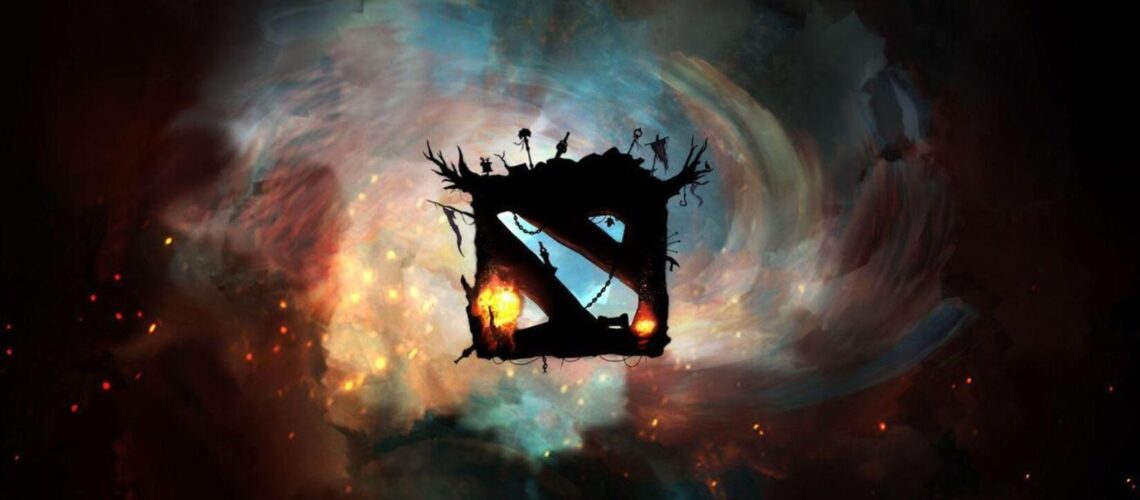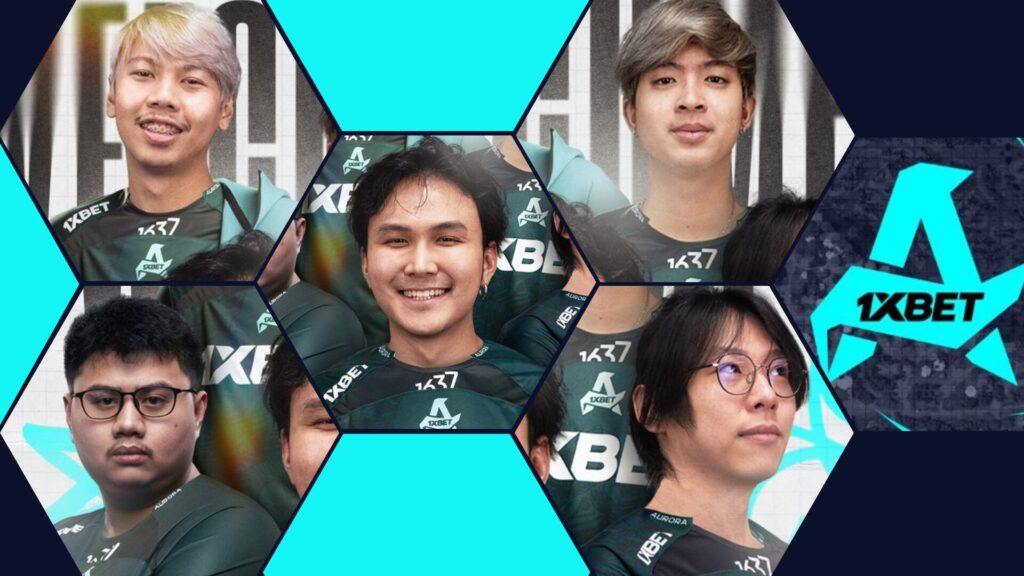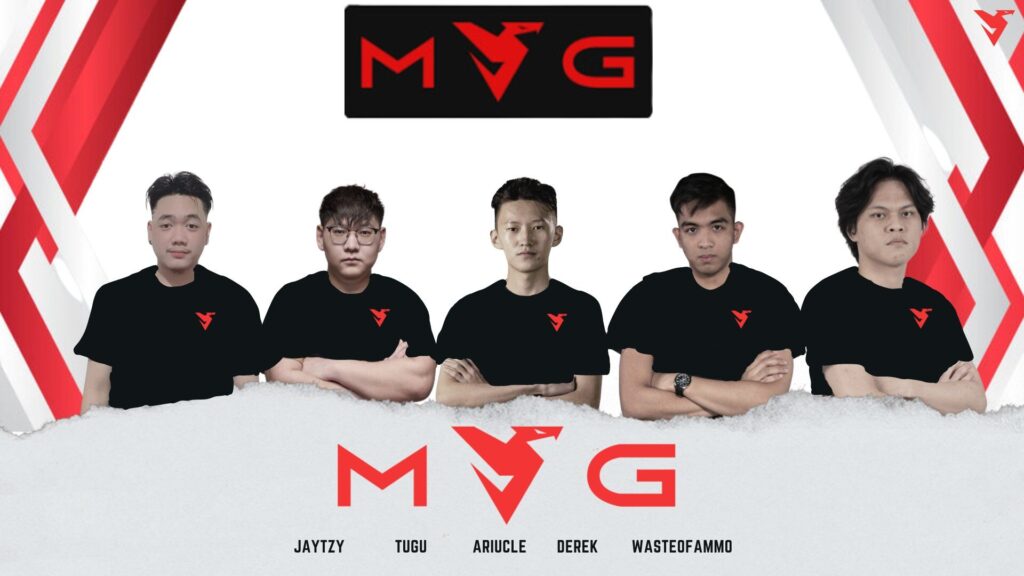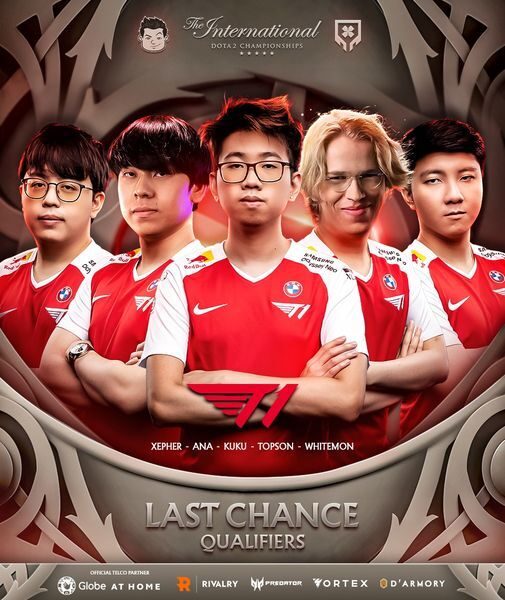SEA Dota 2 Icons Speak Out: Highlights from the Region’s Most Candid Player Interviews
October 5, 2025

The SEA Dota2 Player Interviews series has given fans one of the most insightful looks into the region’s ever-evolving esports culture. Through raw conversations and emotional reflections, Southeast Asia’s top Dota 2 players—veterans and newcomers alike—opened up about the challenges, pride, and motivations that define their careers. From Mushi’s unfiltered perspective on competitiveness to young players like Bob and Erice carving their identity, each story adds another layer to SEA’s enduring esports narrative.
Quick Look
Mushi’s Reflections – SEA Dota2 Player Interviews

Among the standout voices, Mushi (Chai Yee Fung) once again proved why he’s considered the beating heart of SEA Dota 2. Now Boom Esports’ coach and a Predator League ambassador, his remarks captured both hope and frustration. He noted that SEA doesn’t lack talent but rather competitiveness, emphasizing the importance of teamwork and mindset over mechanics. His statement—“You don’t need five great players; you need five players who think as one”—has since become one of the most quoted lines in the community.
Mushi also identified Talon Esports and Aurora as the biggest threats in the region, highlighting how newer teams have elevated the SEA standard. His reflections drew comparisons to his own era with Orange Esports and Fnatic, bridging the gap between old and new generations of SEA competitors.
Rising Talents Take the Spotlight

Beyond legends, the interviews spotlighted SEA’s next generation of dreamers. Teams like Ivory Esports, filled with young players determined to challenge powerhouses, shared their experiences navigating the competitive circuit. Their captain confidently told reporters, “We don’t care about names — we play our game,” signaling a fresh wave of determination in the region.
Players such as Bob and Erice have also risen as fan favorites, embodying the fearless, improvisational style that defines SEA Dota 2. Their words painted a picture of a region eager to learn from veterans like Mushi while embracing its own distinct flair — a mix of unpredictability, passion, and community-driven growth.
Predator League 2025 – SEA Dota2 Player Interviews

The Asia Pacific Predator League 2025 served as the perfect backdrop for these voices to come alive. Held at MITEC in Malaysia, the tournament reignited SEA rivalries while showcasing professional growth across the region.
- ZOL Esports (Philippines) fought their way to the Valorant grand finals, defeating Boom Esports before falling to Alter Ego.
- Ivory Dota 2 reached the semifinals, only to lose to Myth Avenue Gaming, powered by Bob and Erice’s stunning synergy.
These storylines reflected more than results—they revealed emotional depth. Filipino fans cheered despite their teams missing the Predator Shield, while Malaysian supporters rallied behind homegrown heroes. The interviews following these matches offered raw, human reflections — pride mixed with the hunger to return stronger.
SEA’s Shared Identity – SEA Dota2 Player Interviews

Throughout the interviews, a recurring theme emerged: SEA’s duality — creativity and chaos, brilliance and inconsistency. Mushi’s commentary on cultural comfort zones resonated deeply, as players discussed the region’s relaxed but emotionally charged environment.
For example:
- Filipino squads often emphasize unity and emotional resilience, drawing energy from fans even after losses.
- Malaysian teams, under figures like Mushi, focus on structure and leadership.
- Indonesian organizations such as Boom Esports and Alter Ego highlight professionalism and long-term stability.
This mix of styles forms SEA’s unique identity — one that thrives on heart, spontaneity, and raw talent, even as it continues striving for the consistency of Western regions.
Conclusion – Lessons and Legacy from SEA’s Voices
The SEA Dota2 Player Interviews serve as more than just post-match commentaries; they are cultural snapshots of a region growing in maturity and unity. Each story — from Mushi’s mentor-like wisdom to Ivory’s bold optimism — reflects a community learning, evolving, and fighting for global recognition.
While SEA still chases its first Aegis of Champions, its players’ voices echo louder than ever. The interviews reveal that the region’s strength lies not just in its mechanics but in its mindset — a blend of humility, hunger, and hard-won experience. As SEA continues to evolve, these conversations will remain milestones in its journey toward the world stage.

